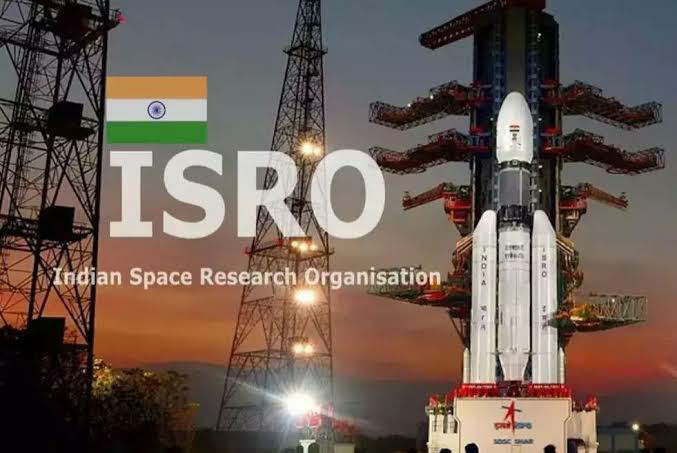If you're not a reader, hit on play👇👇 (Follow us on Spotify)
The Indian Space Research Organization (ISRO) and SpaceX are two of the leading space agencies in the world. Both organizations are working on developing reusable launch vehicles, which could revolutionize the way we access space.
ISRO's RLV LEX (Reusable Launch Vehicle - Technology Demonstrator) is a winged vehicle that is designed to take off and land like an airplane. The RLV LEX has been successfully tested several times, and ISRO is planning to launch a full-scale reusable launch vehicle in the near future.
SpaceX is also developing reusable launch vehicles. The company's Falcon 9 rocket has already been successfully reused several times, and SpaceX is working on developing a fully reusable rocket called Starship.
So, how do ISRO's RLV LEX and SpaceX's reusable rockets compare?
Cost of flight
One of the biggest advantages of reusable launch vehicles is that they can significantly reduce the cost of spaceflight. ISRO has estimated that the cost of launching the RLV LEX will be about one-tenth the cost of launching a traditional launch vehicle. SpaceX has also made similar claims about the cost of its reusable rockets.
Cost of development
The development of reusable launch vehicles is a complex and expensive undertaking. ISRO has spent over $1 billion on the development of the RLV LEX. SpaceX has not disclosed how much it has spent on the development of its reusable rockets, but it is likely that the cost has been in the billions of dollars.
Other factors
In addition to cost, there are other factors to consider when comparing ISRO's RLV LEX and SpaceX's reusable rockets. One factor is payload capacity. The RLV LEX has a payload capacity of about 1 ton, while the Falcon 9 has a payload capacity of about 23 tons. This means that the Falcon 9 can carry much more cargo into space than the RLV LEX.
Another factor to consider is range. The RLV LEX has a range of about 3,000 kilometers, while the Falcon 9 has a range of about 12,000 kilometers. This means that the Falcon 9 can launch satellites into higher orbits than the RLV LEX.
Conclusion
ISRO's RLV LEX and SpaceX's reusable rockets are both significant technological achievements. Both vehicles have the potential to revolutionize the way we access space. However, there are still some challenges that need to be overcome before reusable launch vehicles can become the norm. These challenges include the high cost of development and the need for further testing.
Despite these challenges, ISRO and SpaceX are making great progress in developing reusable launch vehicles. These vehicles have the potential to make spaceflight more affordable and accessible, which could lead to new discoveries and advancements in space exploration.








0 Comments